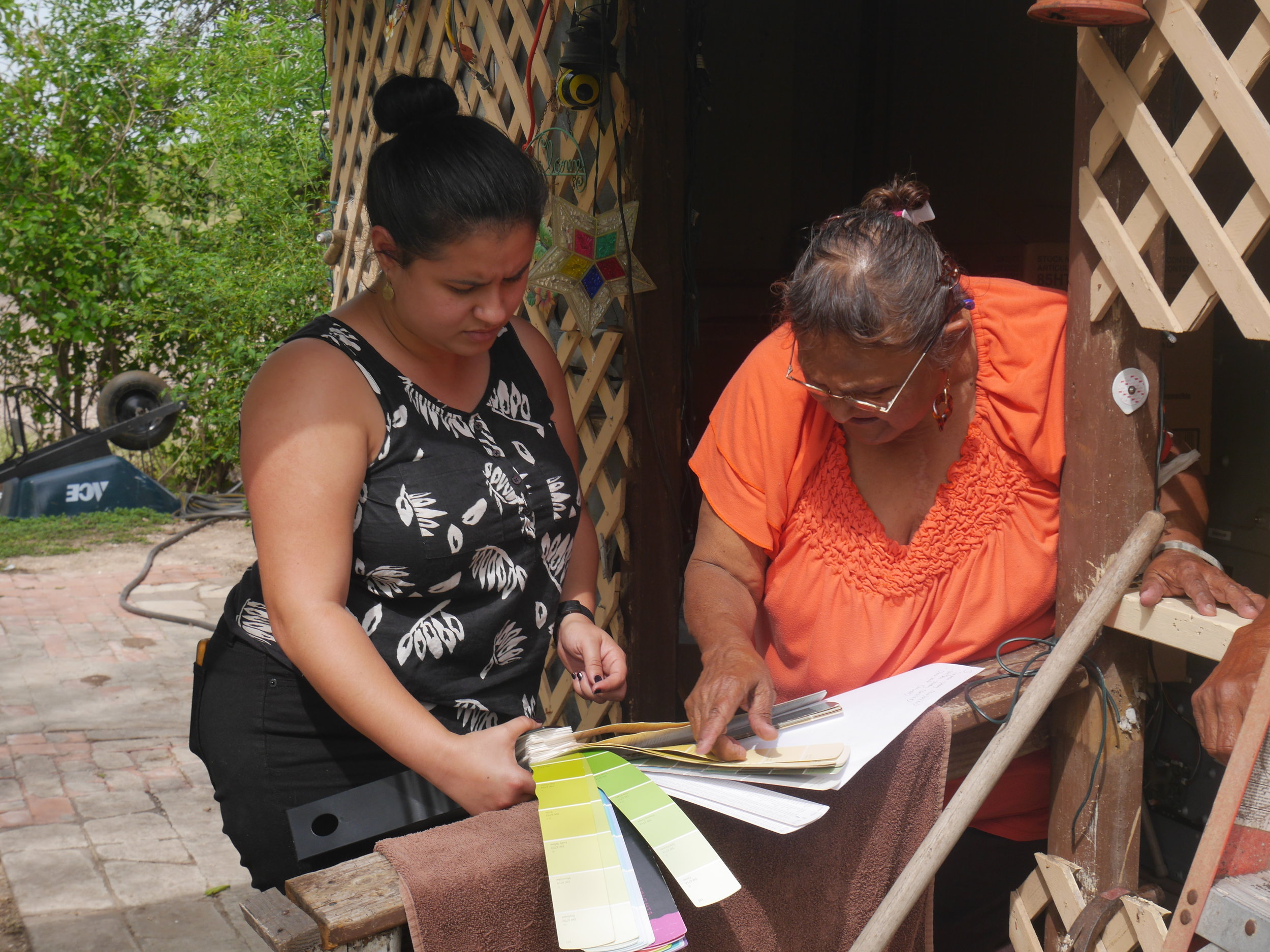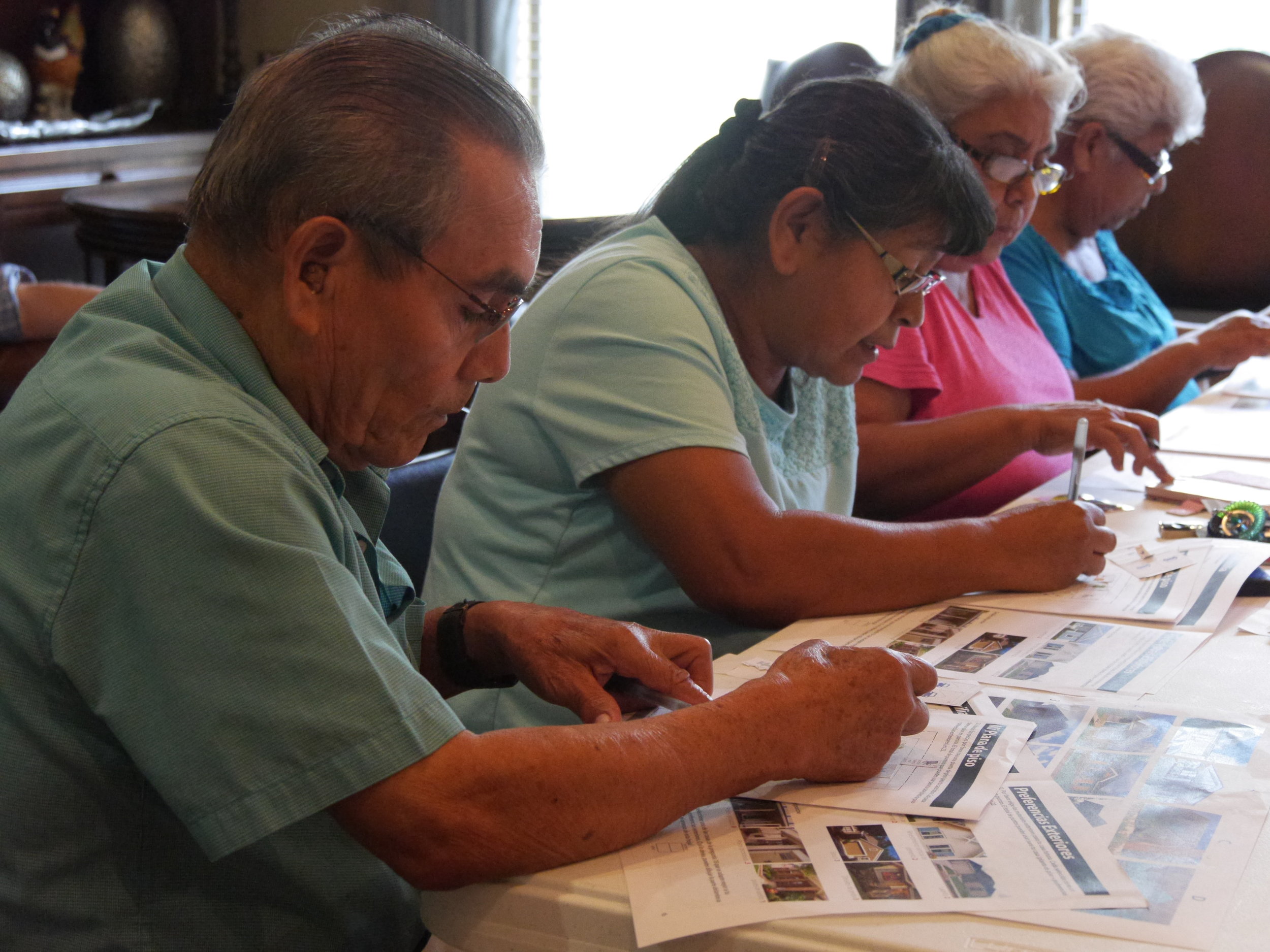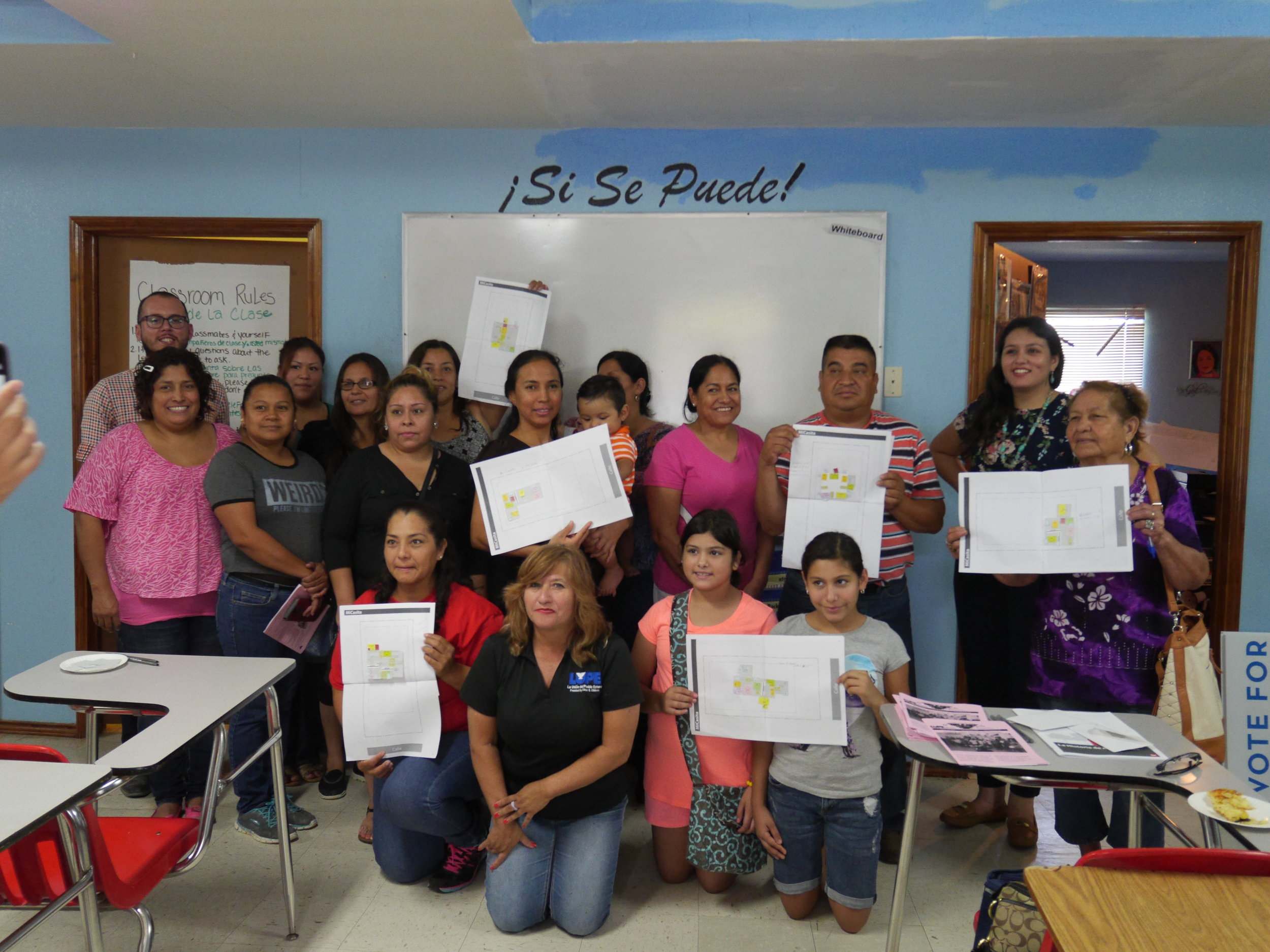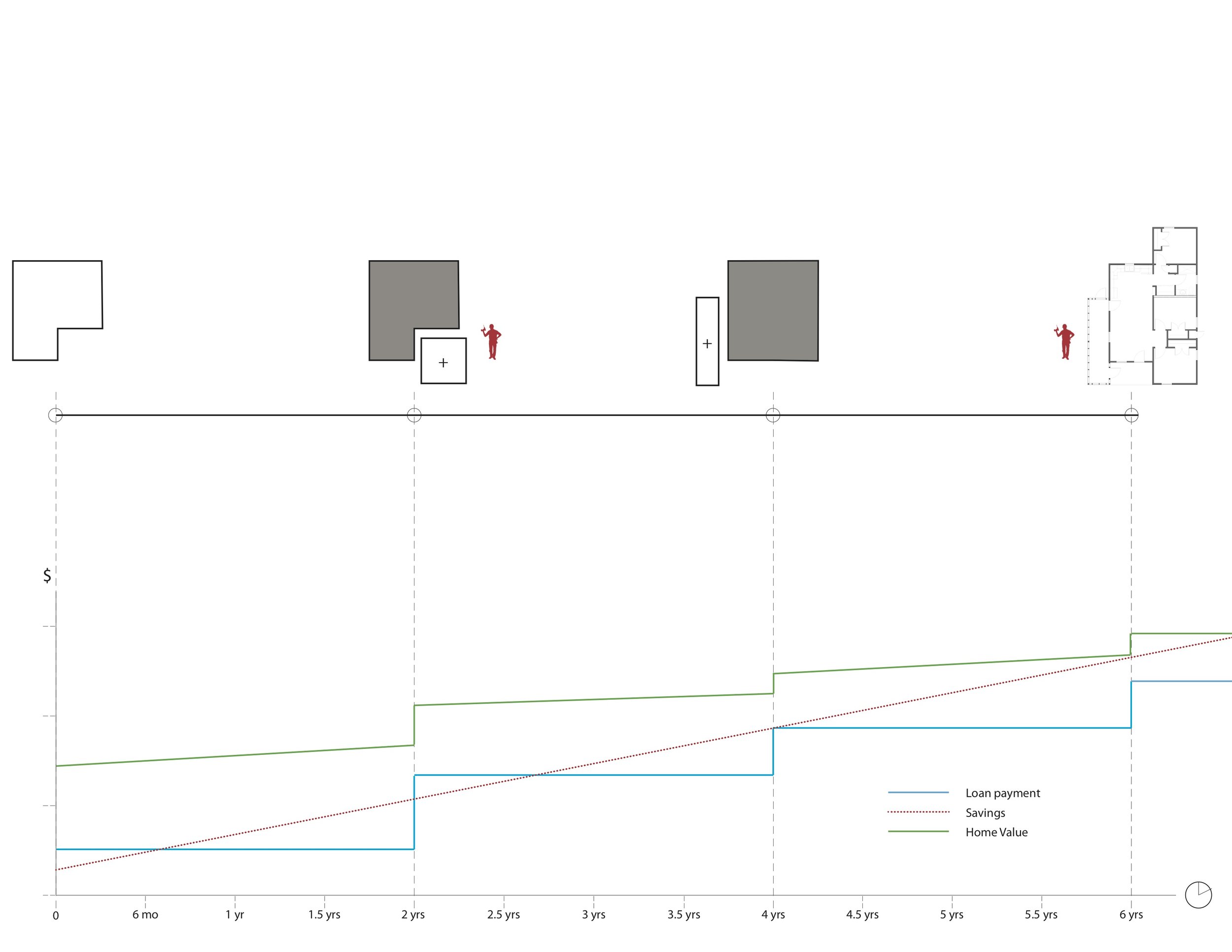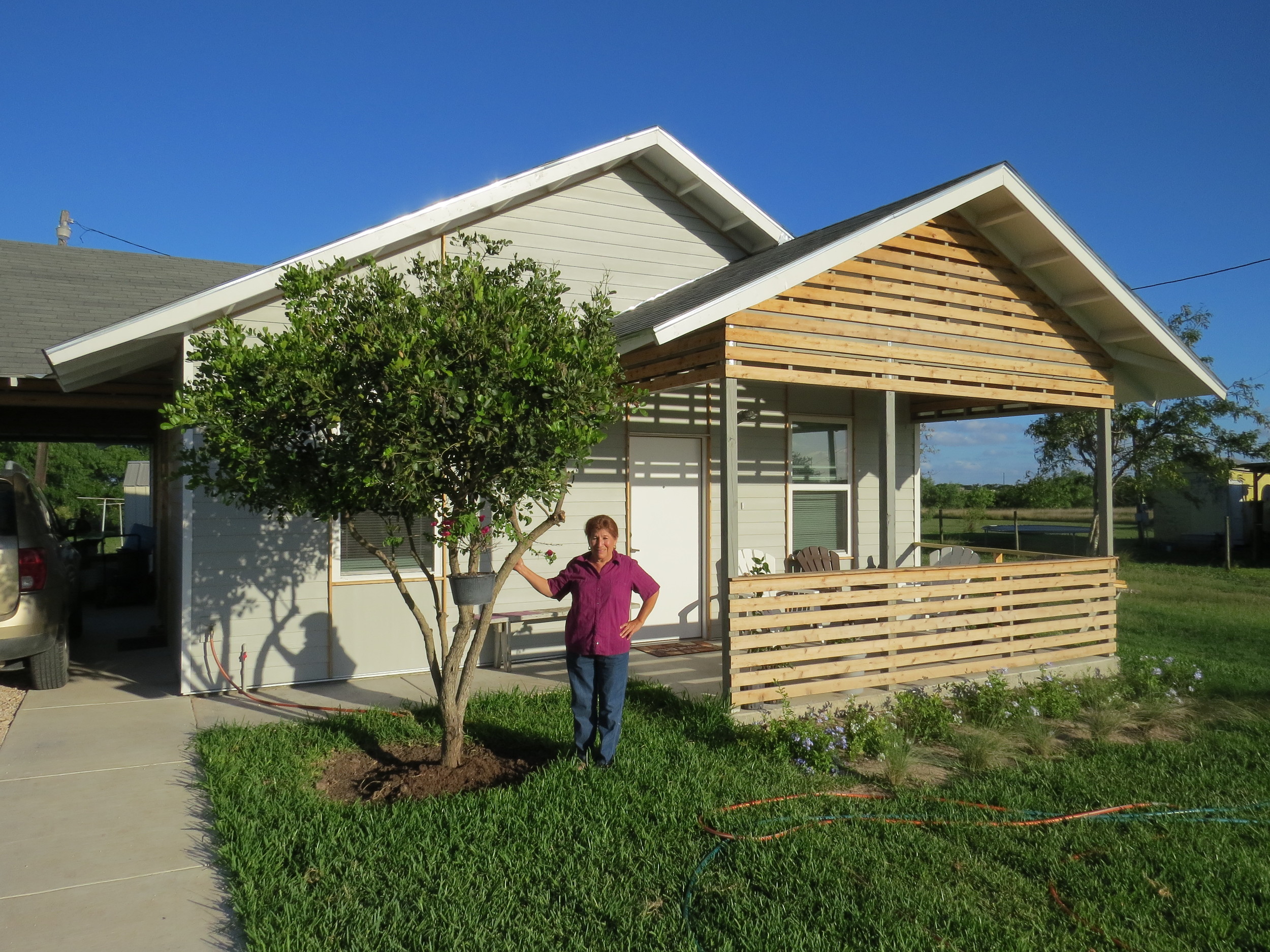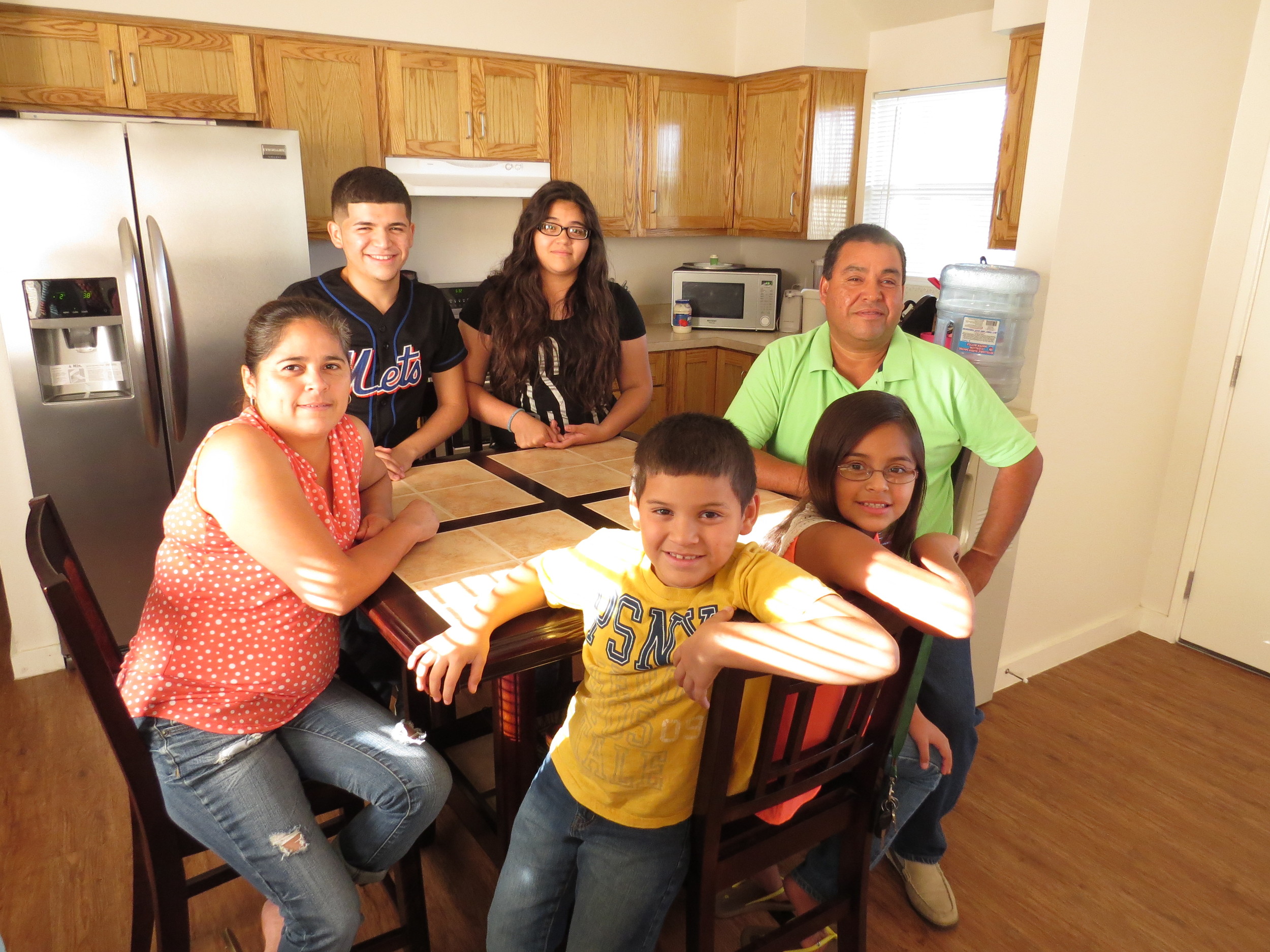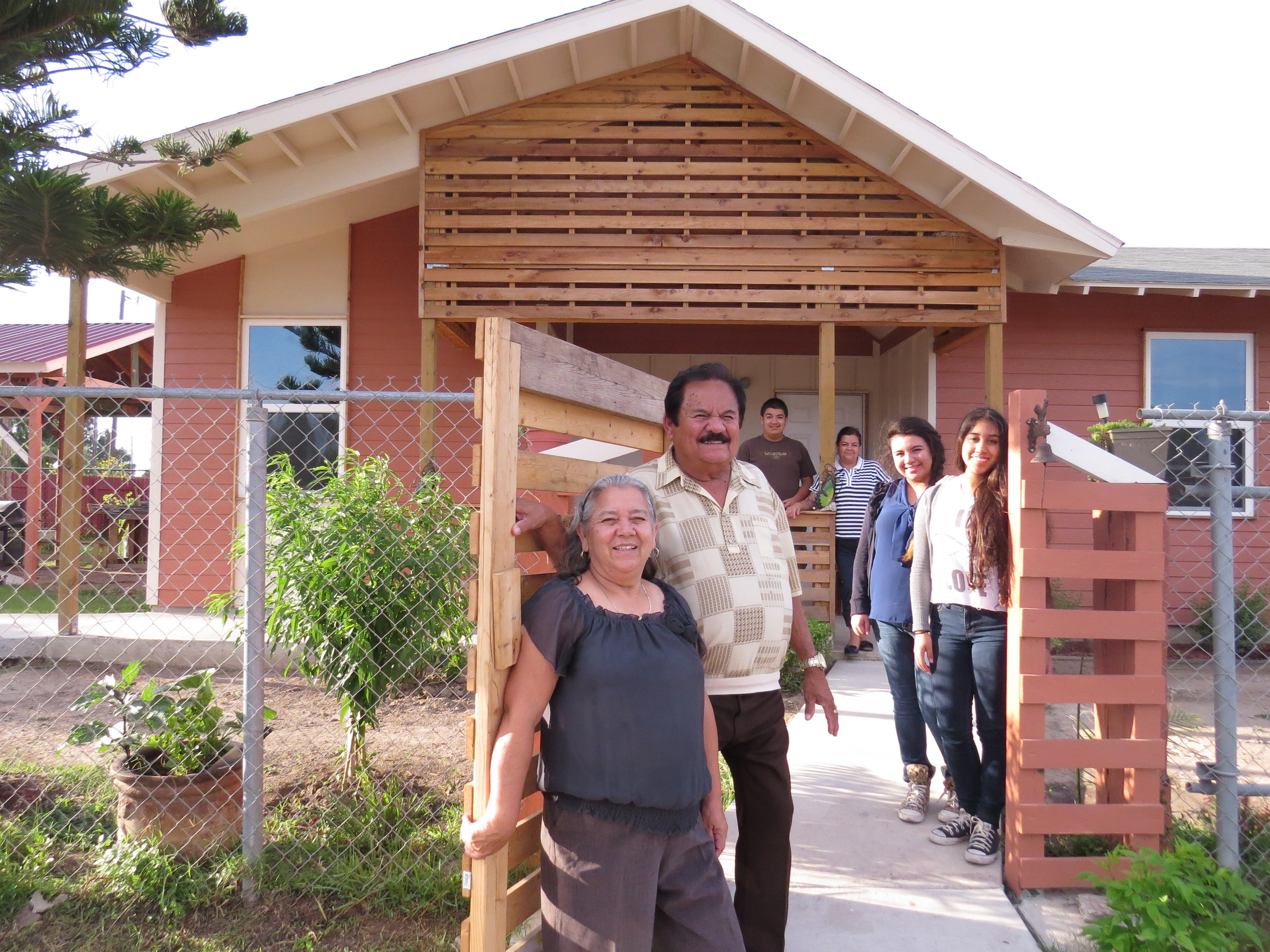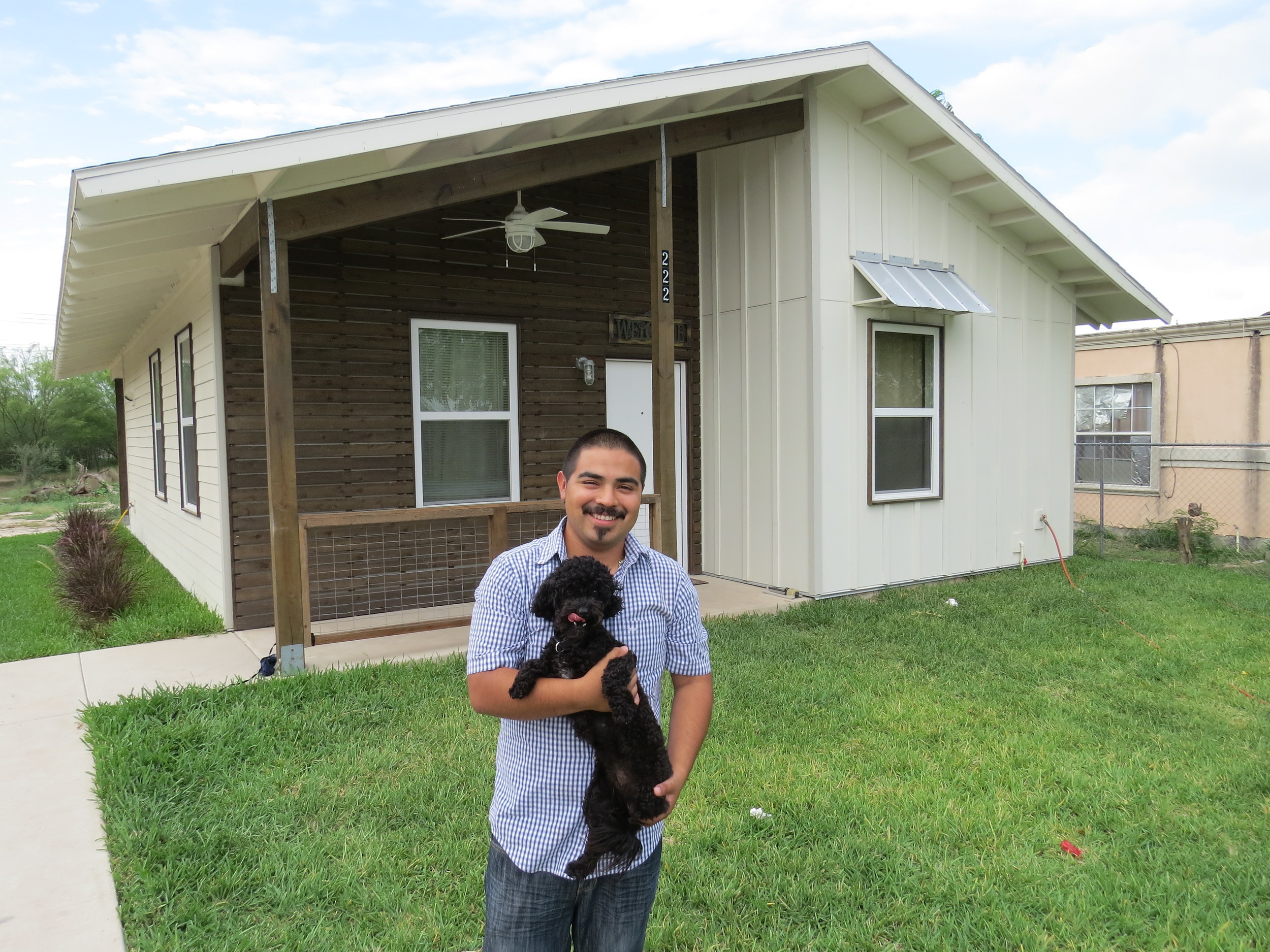Across Dallas, across Texas, and across the nation, people without means are being left out of the conversations about the design and planning of their communities. [bc] empowers individuals, fostering opportunities for choice in order to amplify the voices of the most underserved residents.
Spotlight on Our Communities is a new email series that highlights the ways [bc] is engaging communities to drive the decisions that will affect their lives. Three episodes below highlight our work in the realm of community-engaged planning, disaster recovery, and resident choice-driven housing design. These stories demonstrate the true impact of our work, which is only made possible through the support of our donors, partners, volunteers, champions, and friends.
We ask for your support as we continue to bring new voices to the table and bring choice to communities who often have none.
Please explore the stories below, share them with your friends and family, and consider making your gift today! And if you aren't subscribed, sign up for our newsletter to ensure you receive future episodes delivered to right to your inbox!
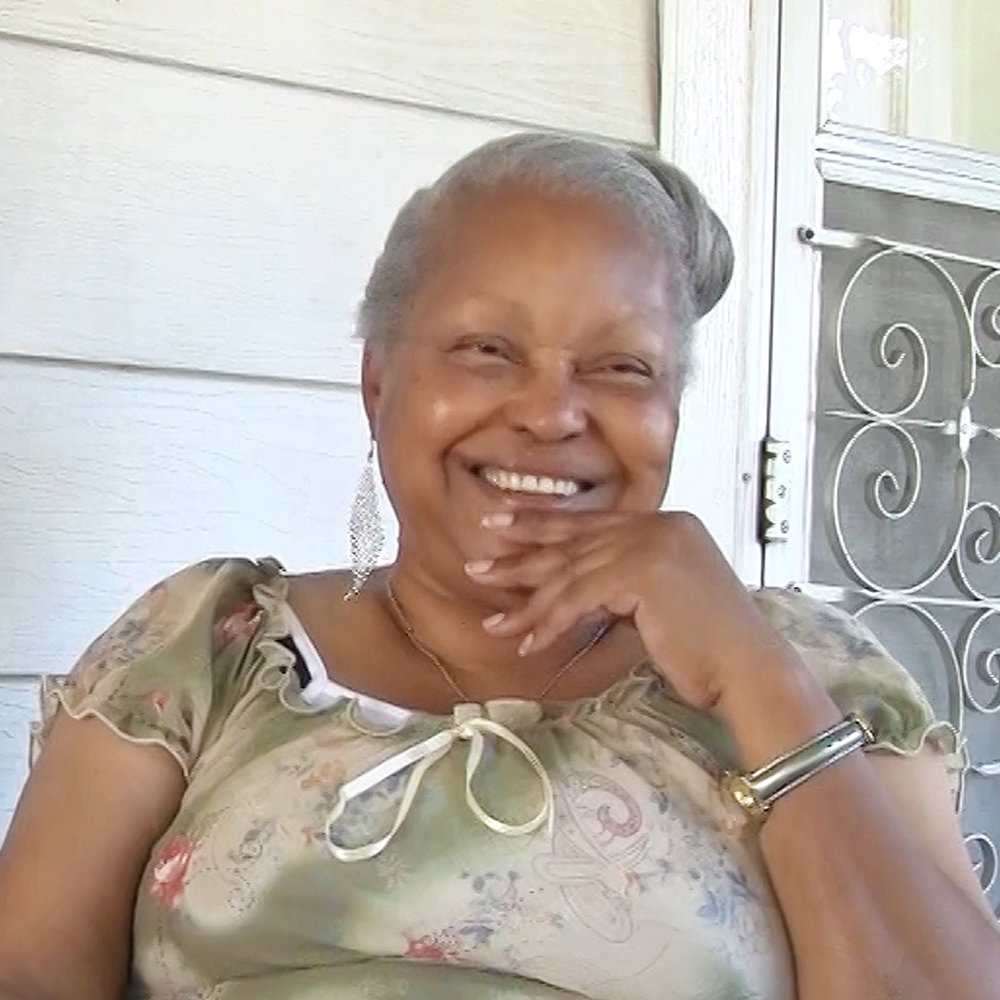
enduring through change
November 7, 2017
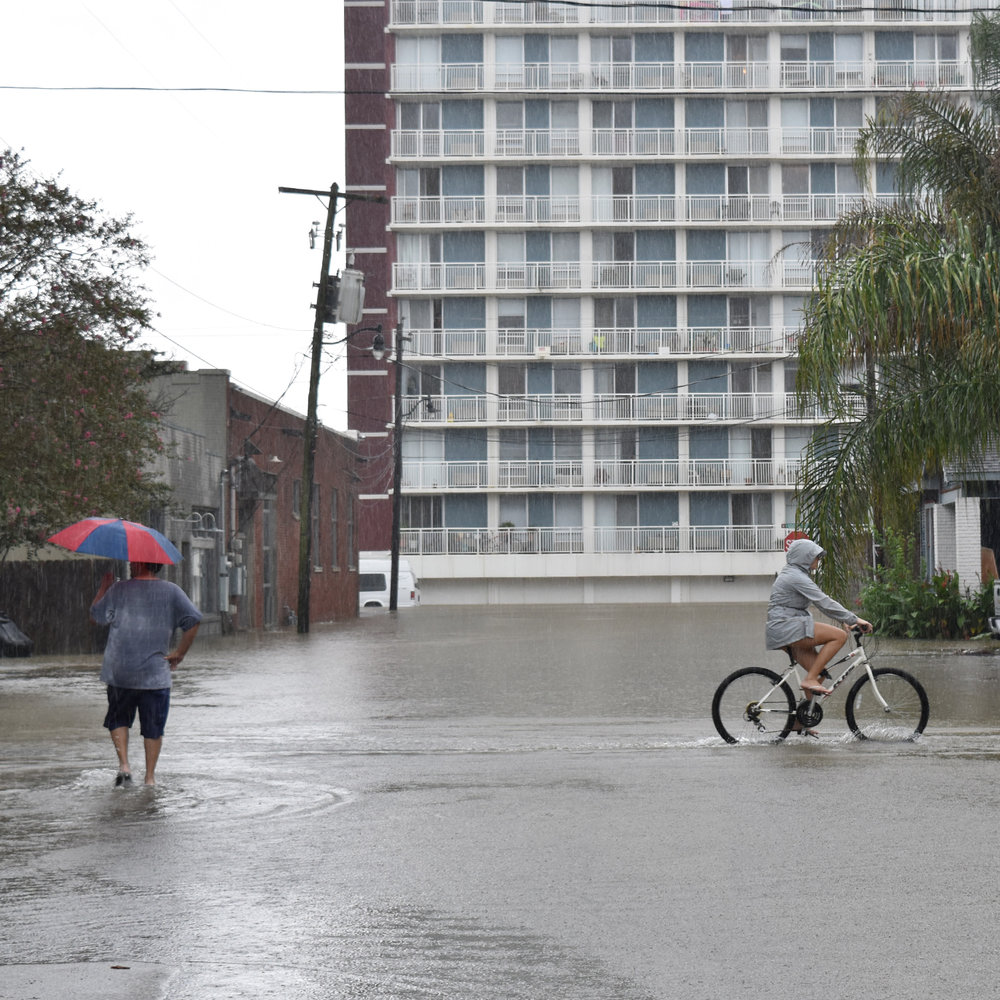
weathering the flood
November 11, 2017
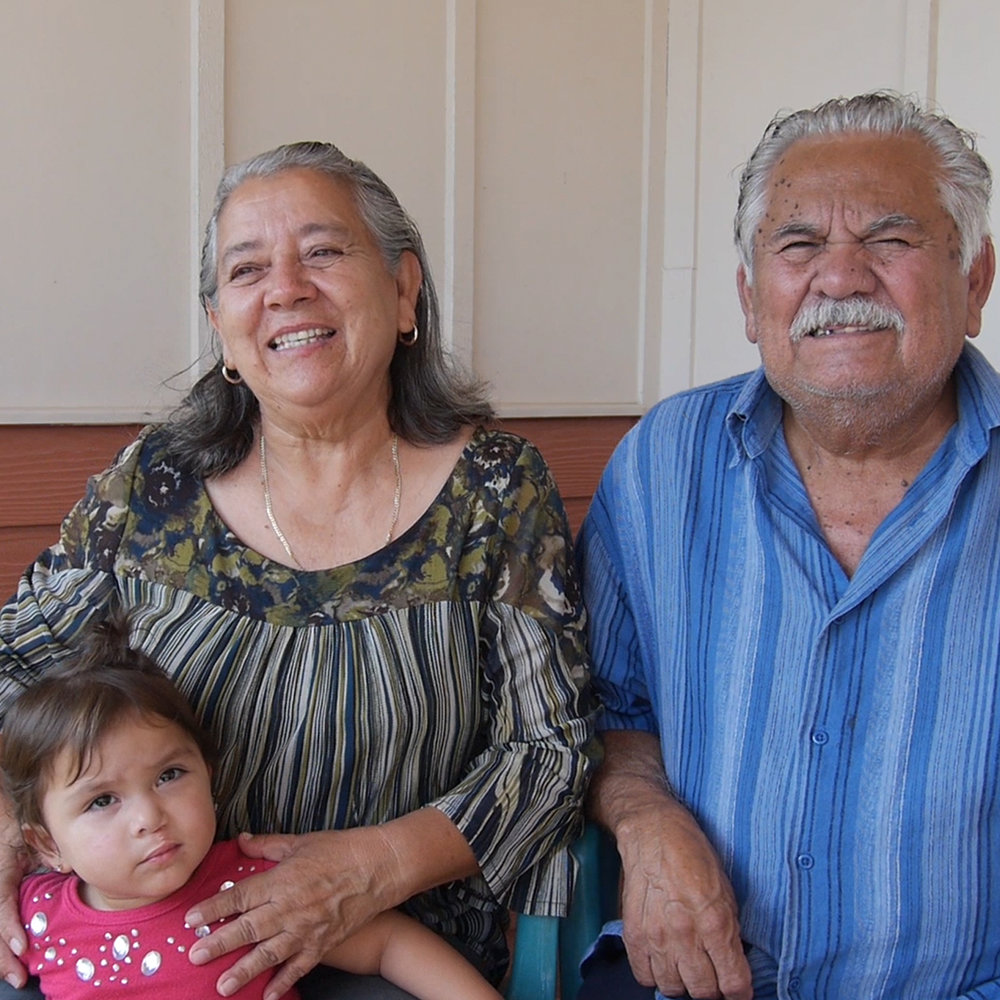
a place to call home
November 14, 2017
![[bc]](http://images.squarespace-cdn.com/content/v1/5248ebd5e4b0240948a6ceff/1412268209242-TTW0GOFNZPDW9PV7QFXD/bcW_square+big.jpg?format=1000w)







